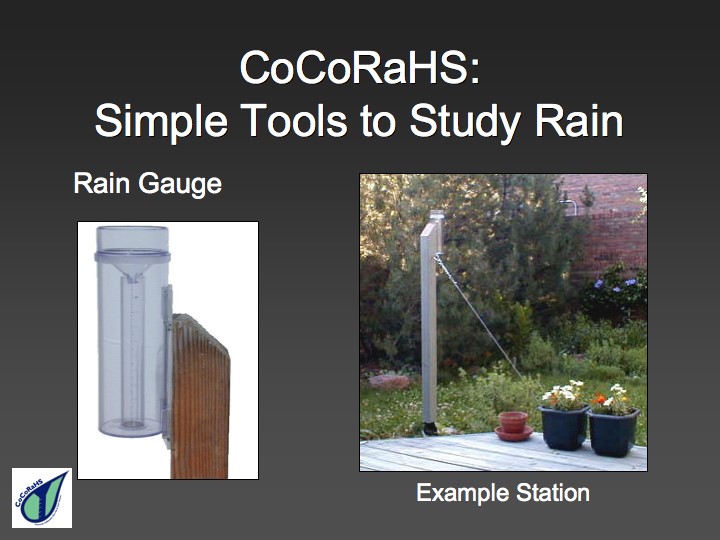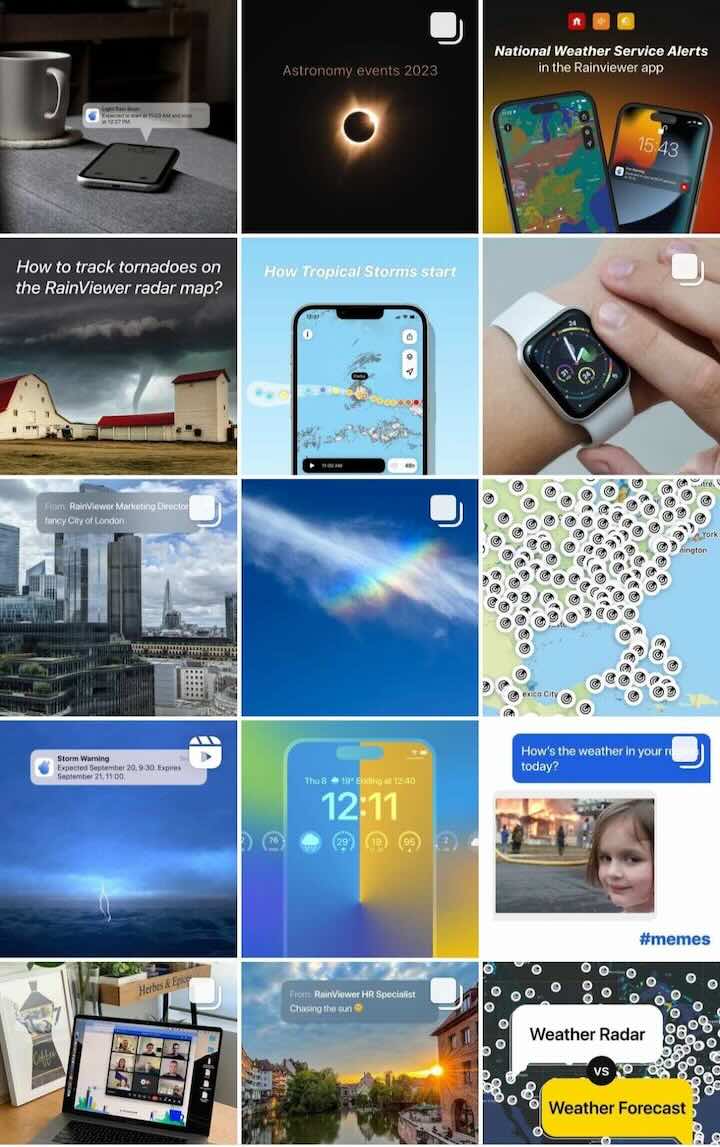Meteorology has traditionally been the domain of trained scientists. However, in recent years, there has been a growing recognition that weather enthusiasts without meteorology education can actually advance meteorological research.
These people, with their passion and willingness to observe the natural world, contribute to meteorological research and weather data collection through crowdsourced projects. In this blog post, we will explore how citizen scientists can impact our understanding of the weather.
What Is Citizen Science?
Citizen science refers to public participation in scientific research. Specifically, it is the participation of non-professional individuals, often referred to as “citizen scientists,” in research and data collection. These volunteers actively contribute to scientific projects, collect data, and assist research teams in various fields, including meteorology. The concept is based on the belief that collective efforts can bring valuable insights and contribute to scientific knowledge.
How Citizen Scientists Contribute to Meteorological Research
- Weather observations. One of the most accessible ways for citizens to contribute is by recording and reporting local weather conditions. Organizations like the Community Collaborative Rain, Hail, and Snow Network (CoCoRaHS program) encourage volunteers to measure and report precipitation and temperature data. These weather reports, which are sent directly to the National Weather Service, help meteorologists better understand regional weather patterns.
- Cloud and sky observations. Citizen science initiatives like the Cloud Appreciation Society invite people to submit photos and descriptions of clouds they observe. By contributing to weather research, they help classify clouds and study atmospheric conditions.
 Image source: Cloud Appreciation Society
Image source: Cloud Appreciation Society
- Storm chasing. Experienced storm chasers, often volunteers, play a crucial role in tracking extreme weather events. They provide real-time weather data about tornadoes, thunderstorms, and other hazardous weather phenomena, assisting in public safety efforts.
- Climate data collection. By digitizing historical weather records, citizen scientists can help create bigger datasets for climatologists.
Benefits of Citizen Science for Meteorology
- Data diversity. Citizen scientists help researchers to collect data from a wide range of locations and conditions, increasing the diversity of their datasets.
- Public engagement in meteorology. Collaborative science fosters a sense of community involvement and scientific literacy, helping people understand and appreciate the natural world.
- Early warning systems. Storm chasers contribute to public safety by providing early severe weather alerts and thus potentially saving lives.
- Scientific advancement. The collective efforts of citizen scientists enhance our understanding of weather patterns, climate change, and other meteorological phenomena.
Citizen Science in Meteorology: Getting Involved
Here’s how you can become a citizen scientist and contribute to meteorology:
- Join existing meteorology projects. Numerous meteorological organizations and research institutions run citizen science projects. You can easily find these projects online and join as a volunteer.
- Purchase weather instruments. Some citizen scientists invest in their own weather instruments, such as rain gauges, anemometers, or barometers, to collect data from their local area.
 Image source: CoCoRaHS
Image source: CoCoRaHS - Submit observations. After you’ve become part of a project or got meteorological instruments, you can start submitting observations. Ensure that you follow the specific protocols and guidelines provided by the project coordinators.
- Share your knowledge. If you have expertise in a particular aspect of meteorology or a unique perspective on local weather patterns, consider sharing your meteorological insights with the community.
- Engage in social media. Join online forums, social media groups, and discussions related to meteorology and citizen science. These platforms are excellent for connecting with like-minded individuals and sharing your findings.
By the way, Rain Viewer has weather reporting functionality that allows you to become a part of a crowdsourced weather forecast. On the home screen, you can choose an icon that matches the weather outside, and it will appear on the map in a separate layer. The report will remain on the map for 1 hour. You can also choose which weather events reported by other users you’d like to see on the map.

Meteorology Projects in Citizen Science
The table below contains a list of citizen science projects in the field of meteorology.
| Name | Location | Year |
|---|---|---|
| Community Collaborative Rain, Hail & Snow Network (CoCoRaHS) | United States | 1998 |
| Weather Underground Citizen Weather Observer Program (CWOP) | United States | 2001 |
| Zooniverse Weather Rescue | United Kingdom | 2017 |
| Alpine Weather News | Worldwide | 2023 |
| Cooperative Observer Program | United States | 2017 |
| Community Snow Observations (CSO) | United States | 2017 |
| MeteorITo | Mexico | 2017 |
| Redmet | Mexico | 2017 |
| PressureNET | Worldwide | 2011 |
| Snowtweets | Canada | 2013 |
| Weather Detective | Australia | 2014 |
Conclusion
Citizen science is a powerful and inclusive way for ordinary people to actively participate in community-based meteorological research. By submitting your observations, you can help scientists make more accurate weather predictions, better understand climate change, and contribute to a safer and more informed society. Whether you’re a weather enthusiast or simply curious about the world around you, there’s a place for you in the world of meteorological citizen science.






